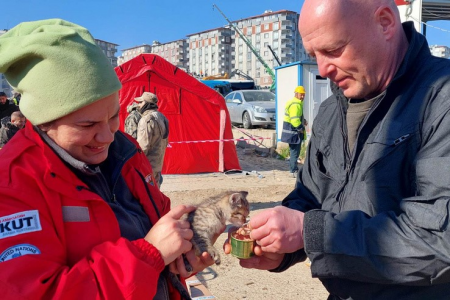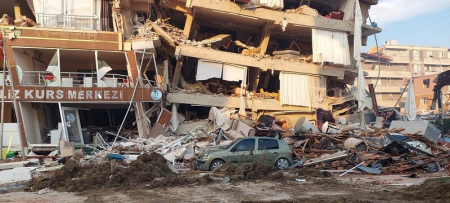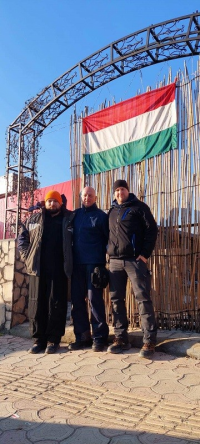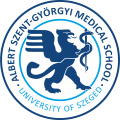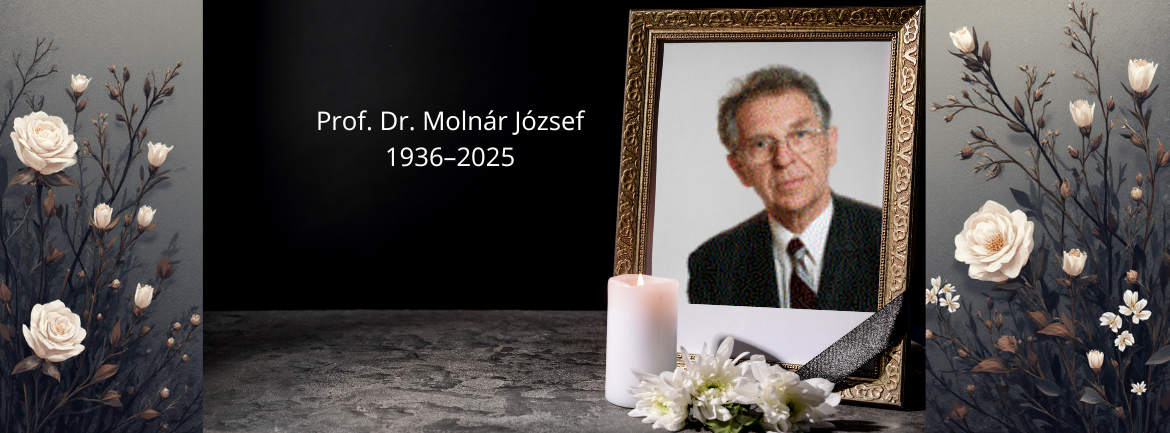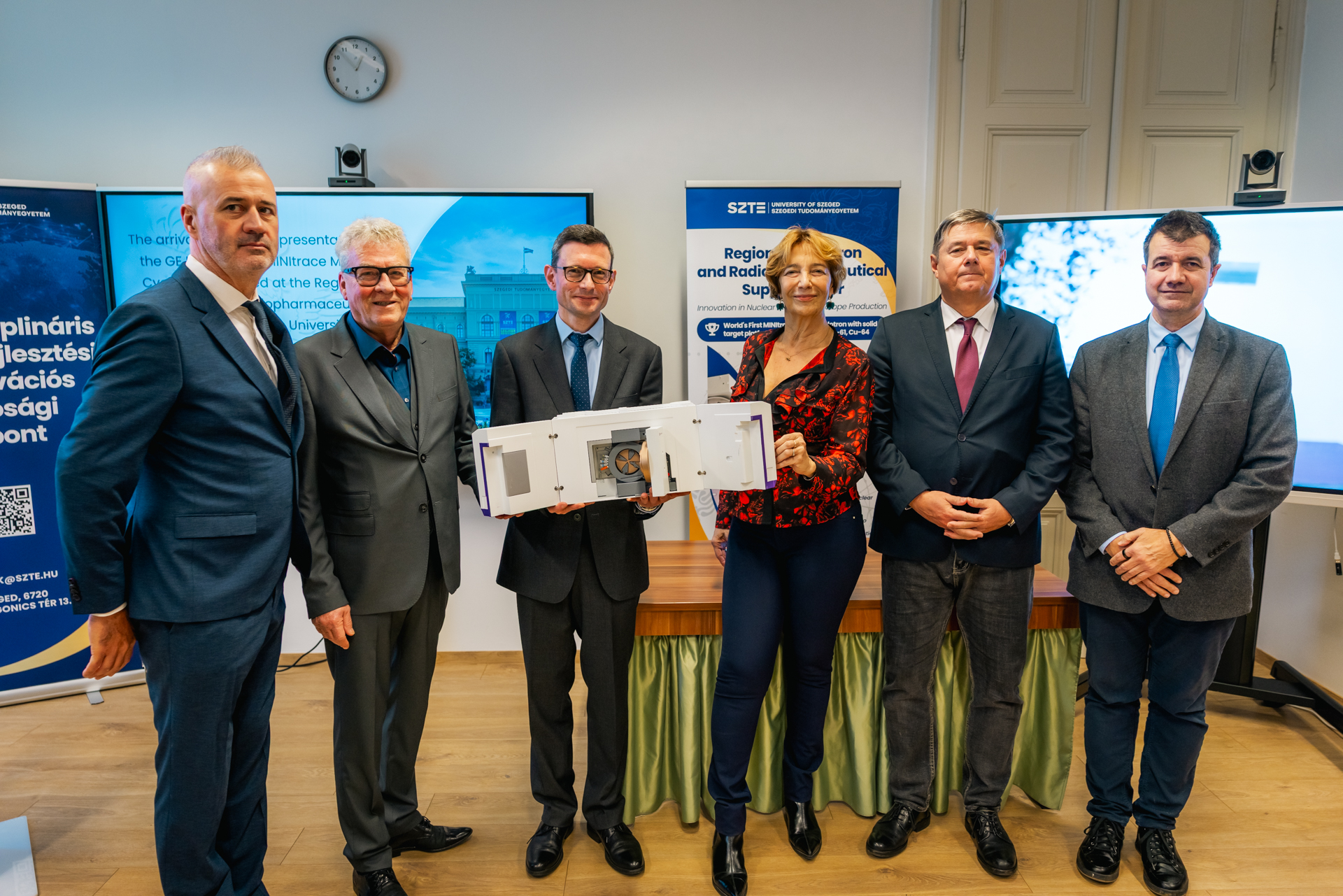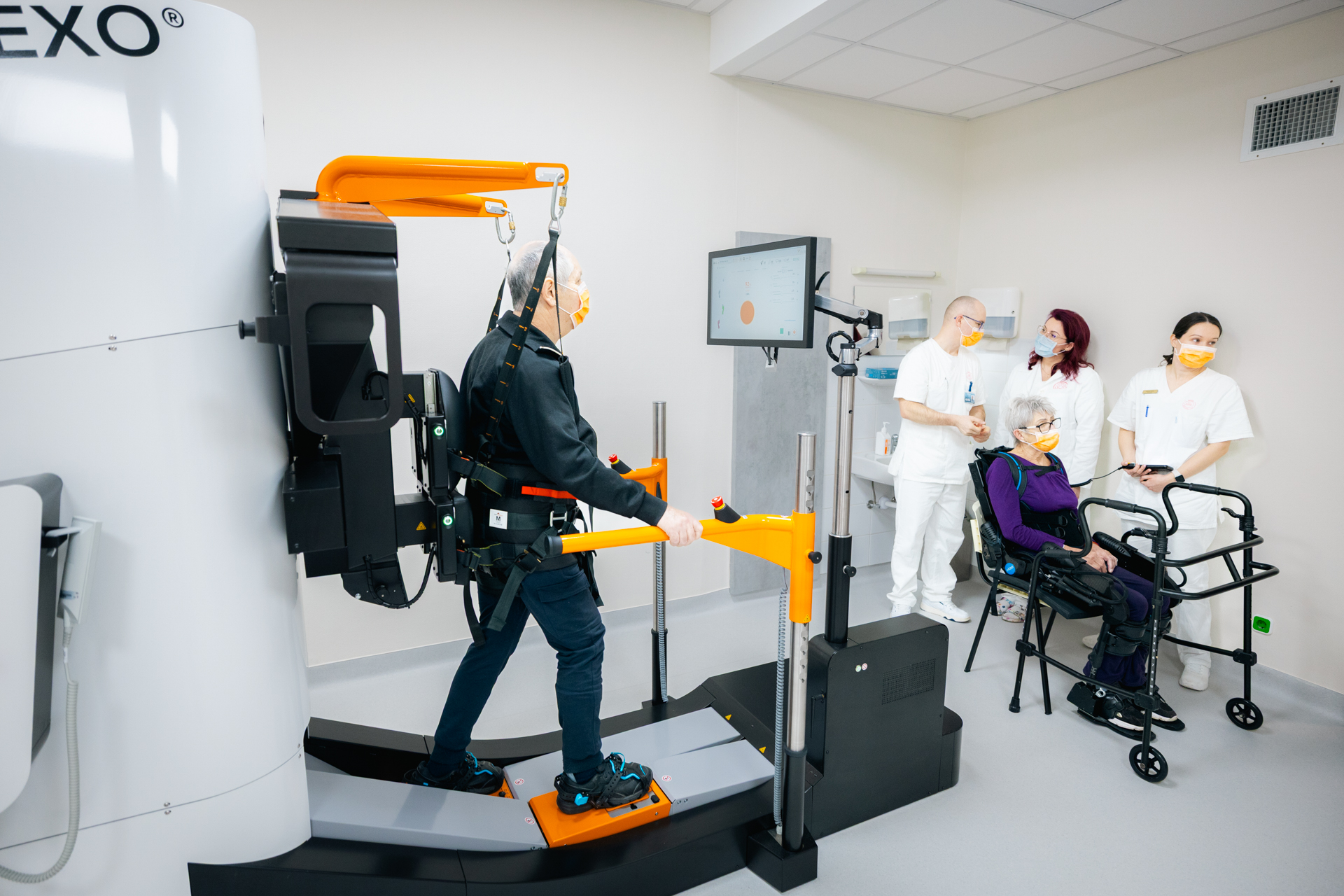University of Szeged
Albert Szent-Györgyi Medical School
Foreign Students' Secretariat
Your Education. Our Mission.
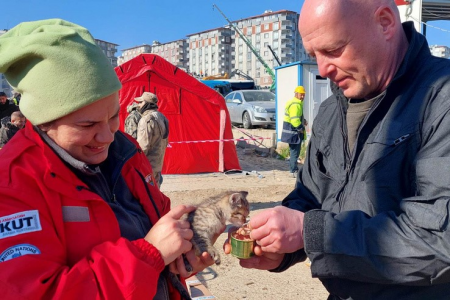
Doctors from Szeged help victims of the Turkey earthquake in a dramatic fight
A special unit of the Hungarian Counter-Terrorism Centre (TEK) arrived in Antakya (Turkey) with a medical team on 8 February.
According to the Directorate General for Disaster Management, this special TEK unit of 16 people - nine medical and seven alpine and technical specialists - joined the HUNOR heavy urban search and rescue team. The nine-strong medical staff providing emergency care included a military doctor and six civilian doctors, three of them from Szeged: Zoltán Pető, head of the Emergency Care Unit at the Albert Szent-Györgyi Clinical Centre, who took part in the mission with his colleague Tamás Hardi and anaesthetist Tamás Molnár.
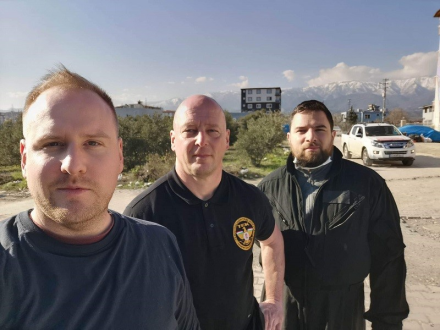
When the Szeged doctors arrived in Turkey, they got to work immediately, being directed by the Turkish authorities to the highest residential buildings in Antakya. The fourteen and seventeen-storey apartment blocks were levelled to the ground, with some three thousand people under the rubble.
Zoltán Pető, still under the impact of the events, said that the words ’astonishing, tragedy, shocking’ do not adequately reflect what they had experienced. The medical team worked in three-man shifts, alternating 24-hour shifts with a few hours of sleep, and their heated mobile hospital provided emergency care for about 20 people. According to Zoltán Pető, five of them would certainly not have survived if they had not received immediate medical assistance.
Most patients needed emergency care because of severe dehydration, hypothermia, wounds and bruises. After their condition had been stabilised, they were handed over to the Turkish ambulance service, who took them to the nearest hospital.
